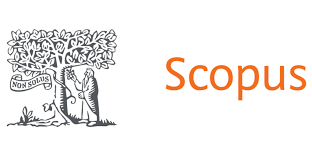CHEMICAL COMPOSITION, ALLELOPATHIC AND ANTIFUNGAL ACTIVITY OF THE CRUDE EXTRACT OBTAINED FROM TRICHODERMA PSEUDODENSUM
DOI:
https://doi.org/10.56238/arev6n2-018Keywords:
Trichoderma pseudodensum, Filamentous fungi, Bioactive metabolites, Antifungal activityAbstract
Fungi of the genus Trichoderma are widely recognized for their biotechnological applications, including biocontrol, plant growth promotion and production of bioactive compounds. In this study, we investigated the biotechnological potential of the fungus Trichoderma pseudodensum, which was incubated in MDB liquid medium (potato and dextrose) for 21 days. After the incubation period, the metabolites produced using ethyl acetate (AcOEt) were extracted to obtain the crude extract. The crude extract was evaluated for antifungal activity against the phytopathogens Curvularia lunata and Sclerotinia sclerotiorum, in addition to an analysis of allelopathic activity in lettuce seeds. The results showed that the extract significantly inhibited the growth of phytopathogens, with emphasis on the inhibition of 74.53% in S. sclerotiorum. Additionally, the allelochemical activity was evidenced by the inhibition of seedling development in 82.8% and root development in 93.7% at the highest concentration tested (1000 mg L⁻¹). For the chemical characterization of the metabolites, the crude extract was analyzed by gas chromatography coupled to mass spectrometry (GC-MS), resulting in the identification of 20 compounds, of which two were majoritarian: 22,23-dibromostigmasterol acetate (11.26%) and di-n-octyl phthalate (44.46%). These results indicate that T. pseudodensum has great biotechnological potential in the production of bioactive compounds, suggesting its use in sustainable agricultural practices.






